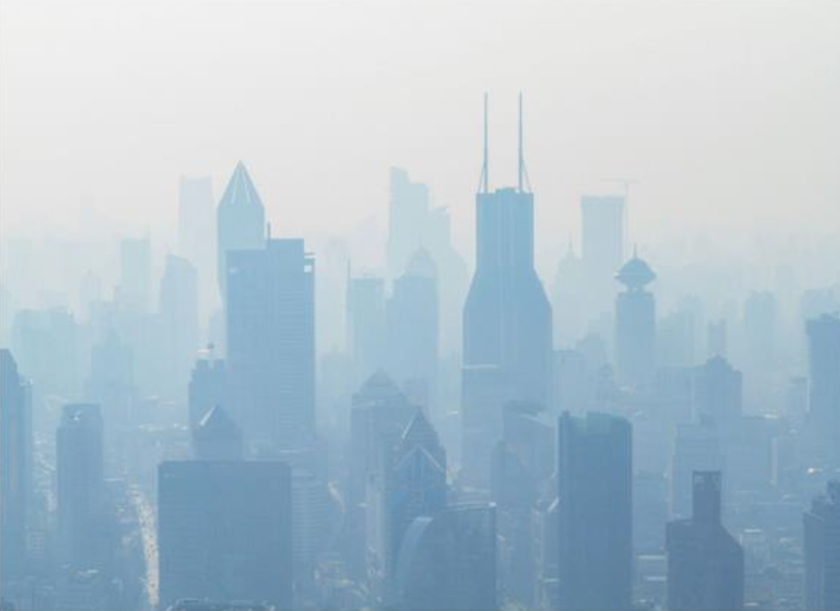INTERNATIONAL
The Global Risks of 2035: A Looming Point of No Return

Pollution, extreme weather, and the rapid rise of new technologies all demand urgent action. - REUTERS/via WEF
As we look ahead to 2035, the World Economic Forum’s Global Risks Report 2025 makes one thing clear - if we don’t act now, the challenges we face could become permanent.
Pollution, extreme weather, and the rapid rise of new technologies all demand urgent action.
Here’s what’s at stake:
Key Risks for 2035
Pollution at a Crossroads

Source: World Economic Forum Global Risks Report 2025
Health: Pollution causes an estimated 9 million premature deaths annually. It is a major contributor to diseases such as lung cancer, chronic obstructive pulmonary disease (COPD), asthma, and cardiovascular conditions.
Economic Costs: The effects of pollution, from healthcare expenses to lost productivity, cost billions globally every year.
Why It’s Getting Worse: Despite advancements, over 70% of countries don’t enforce strong pollution laws, and industries often prioritize profits over the environment.
Takeaway: Cross-sector collaboration between governments, businesses, and communities is vital to prioritize pollution control and integrate it into health and economic policies.
Weather and Climate: Escalating Extremes
Economic Toll: Extreme weather events, including hurricanes, wildfires, and floods, now cost the global economy over $200 billion annually—a figure projected to exceed $300 billion by 2035 without significant mitigation.
Rising Temperatures: The Earth’s average temperature is on track to rise by 2.7°C by the end of the century, intensifying heatwaves, droughts, and sea-level rise.
Biodiversity Loss: Climate-induced habitat destruction threatens over 1 million species with extinction, disrupting ecosystems and food chains.
Human Displacement: By 2035, climate-related disasters could force over 150 million people to migrate, amplifying social and political tensions.
Takeaway: Immediate action to reduce carbon emissions and invest in climate resilience is essential to minimize economic losses and human suffering.
Pollution and Diseases
Air Pollution: Fine particulate matter (PM2.5) from vehicle emissions, industrial processes, and burning fossil fuels leads to respiratory and cardiovascular diseases, claiming millions of lives annually.
Water Pollution: Contaminated water supplies contribute to diarrheal diseases, cholera, and typhoid fever, disproportionately affecting vulnerable populations.
Soil Contamination: Toxic chemicals in soils, often from industrial waste, can leach into crops, increasing risks of cancer and developmental disorders, especially for children.
Takeaway: Pollution’s direct link to a wide spectrum of diseases underscores the urgent need for stringent global policies and public health interventions.
Conclusion
The combined issues of pollution and climate change require immediate action from governments, businesses, and communities. Improving environmental policies, adopting cleaner technologies, and building climate resilience can help the global community prevent lasting damage. Procrastination will only magnify these risks and their consequences.
* The article is written by Lauren Tan, participant of "The Collision Room" by Astro AWANI, an initiative within Project Sigma, a global program by the Google News Initiative (GNI). She is also a Multiplatform Journalist with Astro AWANI

Must-Watch Video
Stay updated with our news

